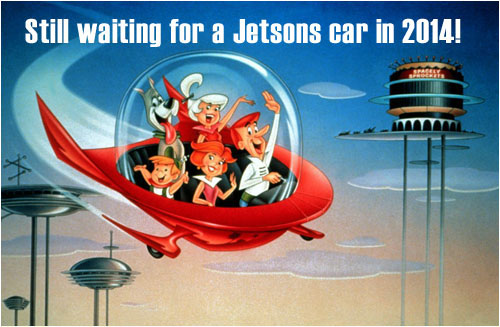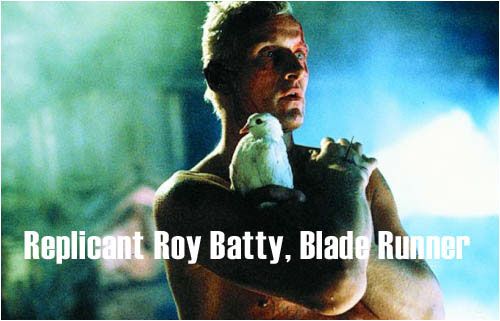Yes, February made me shiver. This
winter has been unusually brutal, extremely cold
and snowy with very few breaks. And I can't believe
we lost Philip Seymour Hoffman and Harold Ramis
before their times. Such sad news.
This month I also started going to physio for knee and arch woes (ouch!). My dad's furnace broke down and had to be replaced and my mom was in her third snow-related car accident (thankfully she's fine but her car was totalled) within six weeks. So February hasn't been the best of times, but neither has it been the worst of times and I wanted to blog about some of the good things that happened this month before it gets away from me.
Things like Paddy having Valentine's Day off which allowed us to spend the day together. We spent part of it tromping around Oakville in the snow. Indeed the laneways were such a wintery white that the town nearly appeared like someplace else.
This month I also started going to physio for knee and arch woes (ouch!). My dad's furnace broke down and had to be replaced and my mom was in her third snow-related car accident (thankfully she's fine but her car was totalled) within six weeks. So February hasn't been the best of times, but neither has it been the worst of times and I wanted to blog about some of the good things that happened this month before it gets away from me.
Things like Paddy having Valentine's Day off which allowed us to spend the day together. We spent part of it tromping around Oakville in the snow. Indeed the laneways were such a wintery white that the town nearly appeared like someplace else.
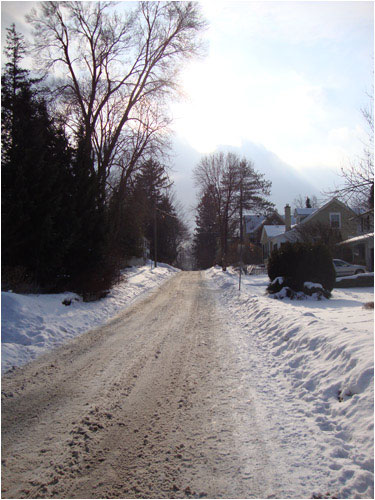
Below you can see Oakville's "
Homecoming Trail" looking ever so pretty in
the snow. If you gaze closely enough you'll see
the pier jutting off to the left. Even years after
writing Come See About Me the location always make me think
of Leah and Liam!

I felt a bit sorry for this reindeer
buried under layers of snow in a Christmas arrangement
outside a local business. Surely with the holiday
long behind us the reindeer should be off duty by
now and allowed to go on its merry way?
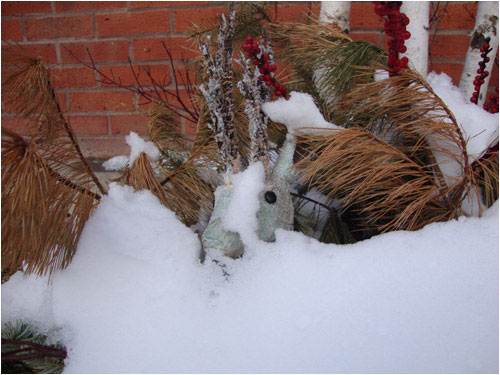
Wonderful Canadian author Monica
Kulling (who penned the Mister Dash books and
the Great Ideas series) very kindly sent
me a copy of her beautiful new picture book, The
Tweedles Go Electric this month. Thanks so much,
Monica! The Tweedles have already garnered
a glimmering star from Kirkus
which described the book as, "A fine joke,
well-delivered, and as clever as it is timely."
And here's what I had to say on Goodreads:
"The clever Tweedle family are bound to attract a slew of young fans with this infectiously fun and visually fetching tale. I wanted to jump into the book the way Mary Poppins and her young charges did with chalk drawings, and stay there awhile."
And here's what I had to say on Goodreads:
"The clever Tweedle family are bound to attract a slew of young fans with this infectiously fun and visually fetching tale. I wanted to jump into the book the way Mary Poppins and her young charges did with chalk drawings, and stay there awhile."
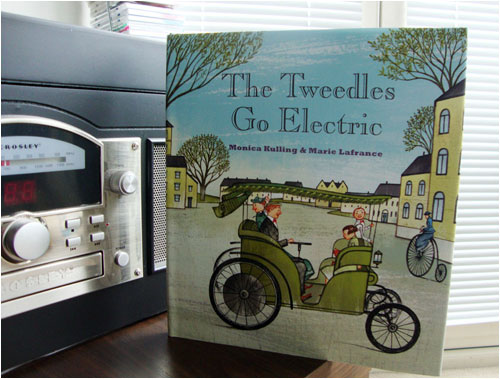
Don't you just love the Tweedles'
spiffy green electric automobile? Every time I look
at the cover I like to pretend I'm the woman on
the Penny Farthing bicycle.
I couldn't possibly talk about February
without mentioning the fantastic Blue
Rodeo gig Paddy and I caught at Massey Hall
on the 20th. If you live in the GTA you'll remember
that day as the one we caught unexpected late afternoon/rush
hour snow which turned to evening rain. But what
better way to spend a rainy night than watching
Blue Rodeo play most of the tracks from their new
album, In Our Nature, as well as old favourites
like Rose
Coloured Glasses and 5
Days in May? You can take a look at the entire
setlist here.
We were fortunate to have fourth row
centre tickets and from my seat I had a good view
of one of the security folks singing along with
Head
Over Heels (he knew all the words) in the centre
aisle.
Below are a handful of concert shots
I took on the night, and to hope that the rest of
the month will be as much fun as the Blue Rodeo
show would be wildly unrealistic, but at least I
have The Tweedles and their world to keep me company.
There's no snow where the Tweedles live, I've noticed,
and no chilly temperatures. No need for snow tires
or outerwear any heavier than a blazer!






